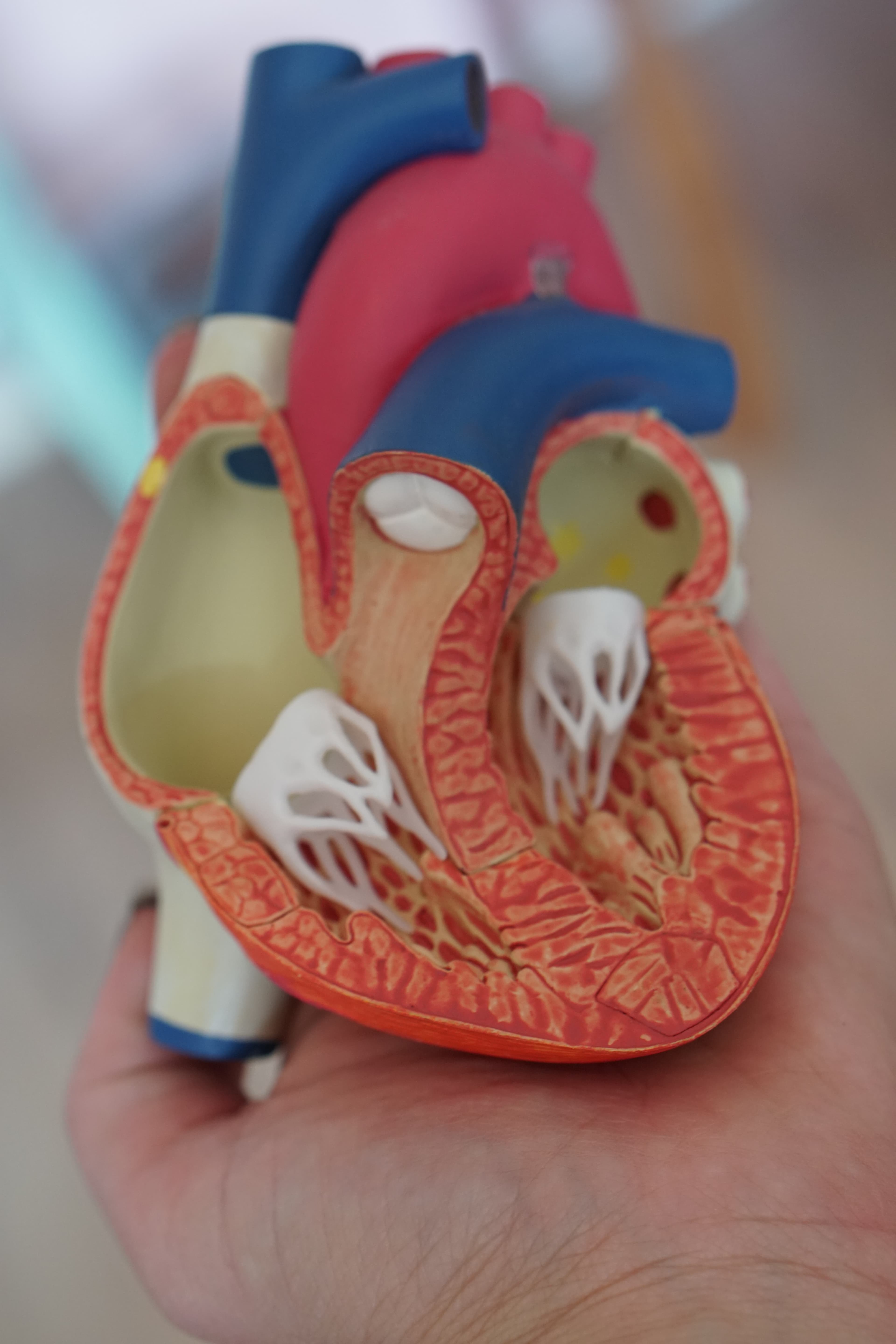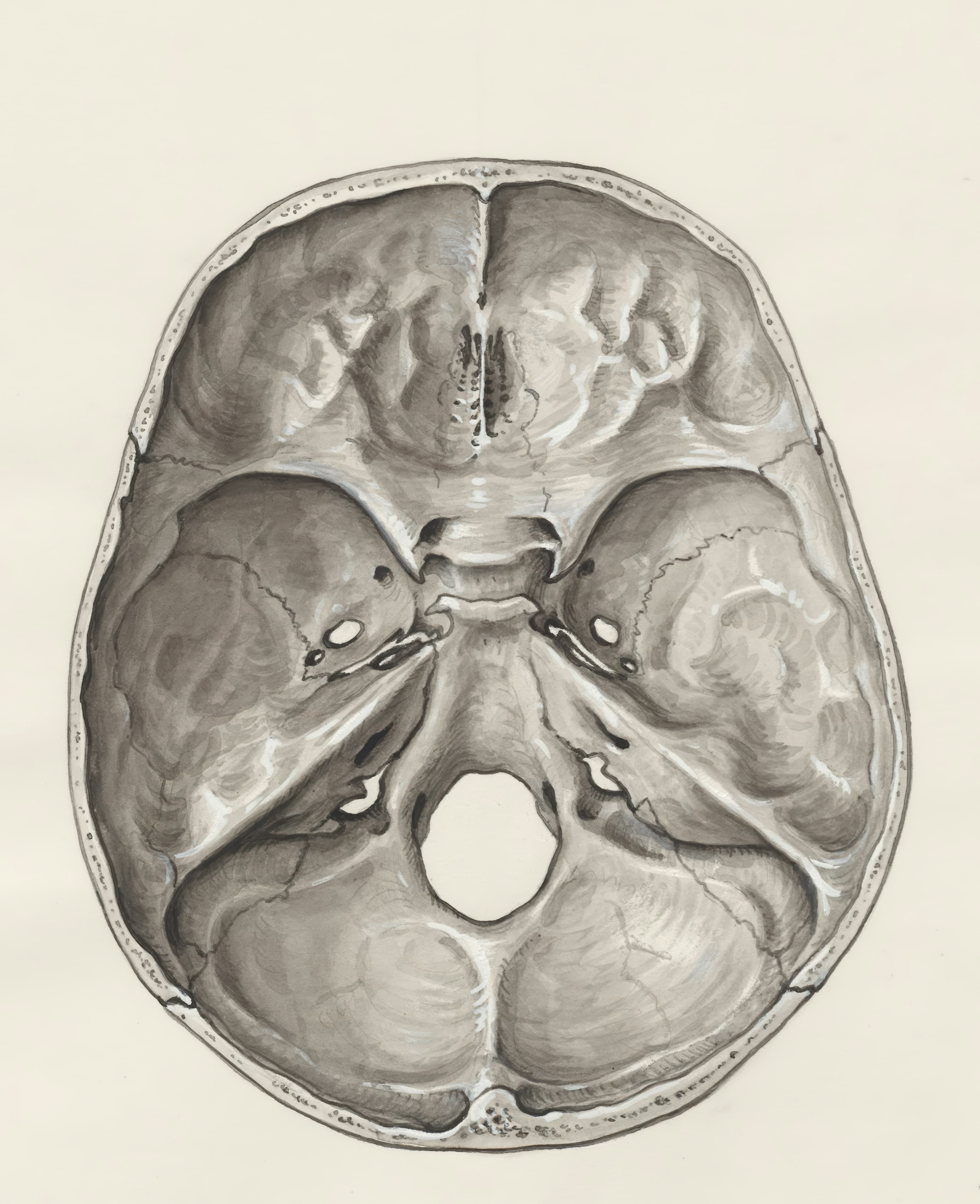The steady, rhythmic beating of the heart is essential for maintaining cardiovascular health. However, sometimes the heart's rhythm can become irregular, leading to a condition known as cardiac arrhythmia. In this specialist guide, we will delve into the world of cardiac arrhythmia, exploring its types, symptoms, and implications. Whether you have a limited understanding of medical concepts or are simply curious about this topic, this article aims to provide valuable insights using simple and specialized language.
Introduction to Cardiac Arrhythmia
What is Arrhythmia? The Heart's Rhythmic Dance
Arrhythmia refers to any abnormality in the heart's electrical system that disrupts its regular rhythm. Normally, the heart's electrical signals regulate the timing and coordination of its contractions, maintaining an efficient blood flow through the body. However, in the case of arrhythmia, the heart's dance becomes irregular, impacting its ability to function optimally.
Digging Deeper into the Meaning of Arrhythmia
Arrhythmia can manifest in various forms, each with distinct terminology and definitions. Ectopic beats, premature contractions originating from outside the heart's natural pacemaker, are one common type. On the other end of the spectrum, fibrillation refers to very irregular and chaotic heart rhythms. Understanding these terms is crucial to comprehending the complexities of arrhythmia.
The Mechanisms: How and Why the Heart's Rhythm Changes
Numerous factors can contribute to the development of arrhythmia. These include structural abnormalities in the heart, electrolyte imbalances, medications, and lifestyle choices such as excessive alcohol consumption or drug use. By understanding the mechanisms underlying these changes, we can gain insight into the causes of arrhythmia and its implications for cardiovascular health.
Recognizing Symptoms of Arrhythmia
The symptoms of arrhythmia can vary widely, ranging from mild palpitations to severe fatigue and dizziness. Some individuals may experience no noticeable symptoms at all. Recognizing these symptoms is vital for early detection and appropriate management of arrhythmia. It is essential to consult a healthcare professional if any concerning symptoms arise.
The Spectrum of Symptoms: From Palpitations to Fatigue
Palpitations are often the most recognizable symptom of arrhythmia. They manifest as a sensation of fluttering or irregular beating in the chest. Other symptoms can include chest pain, shortness of breath, dizziness, fainting, and fatigue. These manifestations may occur sporadically or persistently, and their severity can vary from person to person.
Exploring the Various Types of Arrhythmia
Arrhythmia encompasses a broad range of irregular heart rhythms. Tachycardia refers to a faster-than-normal heart rate, while bradycardia refers to a slower-than-normal heart rate. These conditions can disrupt the heart's ability to pump blood effectively. Ventricular fibrillation is a grave form of arrhythmia that can lead to cardiac arrest if not promptly treated. Understanding the differences between these types of arrhythmia is crucial for recognizing and managing them effectively.
Diagnosis, Treatment, and Management
Diagnosing arrhythmia involves various medical tests, including electrocardiograms, stress tests, and Holter monitoring. Treatment options depend on the type and severity of the arrhythmia, ranging from lifestyle changes and medications to medical procedures such as cardioversion or ablation. It is crucial to consult with healthcare professionals to determine the most appropriate treatment plan for each individual. Proper management of arrhythmia can significantly reduce the risk of complications and improve overall quality of life.





